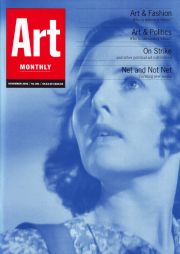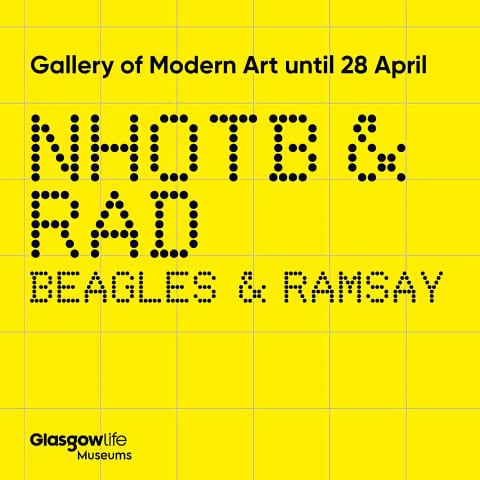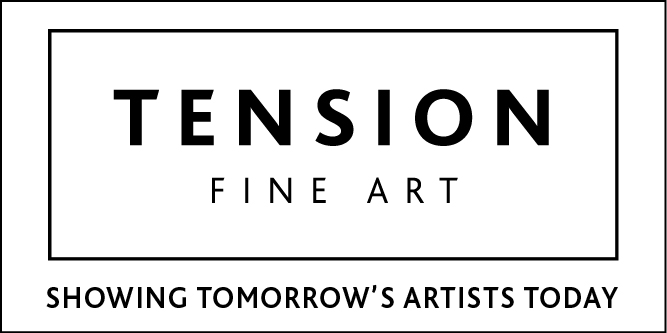Net Works
Curating New Media
Beryl Graham & Sarah Cook on the challenges of exhibiting massless media
‘But if people only dance the novelty hustle, then that’s a problem. You’ve got to see works more than once to understand a context. It takes reflection to figure out what something is.’
Barbara London, MoMA, New York
When it comes to exhibiting new media art, some arts organisations are still cautious wallflowers at the dance, some have thrown themselves into a new-age freak-out, whilst others have learnt some lessons, done some reflection and are busy inventing their own hybrid stylings. Creative Time in New York, for example, seems comfortable that its hybrid groove includes both the physical challenges of showing digital video in the moist brickwork of their venue under a bridge, and the conceptual challenges of ‘Massless Media’ such as audio, net art or skywriting.
Current reflection on the state of media art acknowledges that we are over the novelty utopian period. Granted, there is still the problem of a lack of agreement on categories within new media, apart from a rough bifurcation into ‘Net’ and ‘Not Net’, which is sometimes understood as a split between the purely internet-based (sexy, mobile, consumable) and the ‘physical objects’ of new media (touchable, located, art/science). The former have been taken relatively quickly into art institutions, despite (or because of) net art’s conceptual and activist lineage; after all, museums have dealt with ‘the end of objecthood’ once already. There is, however, a whole range of new media artwork and curating that is sited at the boundary between the physical and the online.
The Rigour of the Physical
The young artists’ group KIT, for example, sells real land on the internet in its Greylands projects, but also inhabits portacabins and ‘company products’. Joyriding in the Land that Time Forgot featured its tents, digitally printed with computer-game landscapes, which nestled cheekily alongside heavy-metal Henry Moore sculptures in Yorkshire Sculpture Park. Creative Time has similarly ‘taken it outside’ by showing Jim Campbell’s ghostly new digital displays in a New York plaza. Rafael Lozano-Hemmer’s series of participative public artworks has included Body Movies, Relational Architecture No.6, shown as part of the Liverpool Biennial. Using projected digital images and enlarged shadows of passersby, the public can have a substantial amount of creative input to the artwork. Although interaction may be a discarded debate, in certain new media situations the artist and the curator are undeniably much less in control of the artwork, and have to trust the audience as much as the location.
The rigour of the physical also extends to the problems of installation in conventional galleries. The tendency of light and sound to leak often leads to a series of grim boxes, and an aesthetic that is ‘dark, loud, and electronically overstimulating’. Bill Viola in his ‘Going Forth by Day’ series has worked around this by designing installations where several soundtracks are actually intended to merge in a space. Those able to design their own spaces for new media stress that flexibility has to be the key. Clive Gillman of FACT, when discussing its new building in Liverpool, gave the example of choosing to use a theatrical lighting system rather than stock gallery lighting. He also pointed out that the time-based nature of some kinds of new media may quickly shrivel when the visitor is sitting on a hard chair in a gallery. The very basic questions are beginning to be addressed in seminars and discussion lists, but tend to be ignored in favour of glamourous media theory at major conferences. Questions such as: Standing or sitting? Beanbag lounge or formal library? Twenty seconds or 20 minutes? Individual or group? Artists themselves are often leading the discussion, including the question of whether internet art should be shown in physical galleries at all.
Location, Location, Location
With art made for the space of the internet in particular, the major argument is still the location of viewing. As Matt Mirapaul of the New York Times succinctly put it in an article title: ‘OK, It’s Art. But Do You View it at Home or in Public?’.
Galleries and curators, let alone the public, have long struggled with Mirapaul’s question. Museums take seriously their remit to provide access to new forms of art, but most people don’t like to sit at computers (machines they associate with information retrieval) when they are in the reflective mood that a gallery space was designed to evoke. Internet artworks, such as Thomson & Craighead’s CNN Interactive just got more Interactive which soundtracks the major network’s website with evocative muzak, play specifically on that mixed motivation of the average net-art surfer and museum-goer – in this case bringing the experience of reading news online to new aesthetic immersive levels. Here in the UK, the question might more accurately be ‘at home or at work?’ and is complicated even more by the symbiotic nature of many net-art/community-based projects (such as London’s East End wireless network at www.consume.net or the Cube Cinema in Bristol’s open source webcasting and server network). Heath Bunting’s BorderXing Guide project for Tate Online reads like a how-to manual for the itinerant cultural producer who needs to know how to enter and exit countries without papers. It can only be accessed online if you are on a computer that is registered with the artwork – usually a social network hub, a media lab or art space. It is a compelling reversal of both the open-access ethos of the museum, and the identity checking of the border patrol guards.
How to exhibit online art is clearly a quandary for gallery curators: one computer hooked to the net and a projector sounds easy enough, but who wants to stand in a gallery watching someone else surf a web-artwork on a grand scale? Then again, it doesn’t make much sense to line a wall with computers, each showing a different web-artwork when the generic context for them all (the internet itself) is the same, and already overly familiar to most viewers. Gallery spaces can’t always sustain the level of attention, sharing, contextualisation, discussion and feedback that much net art involves, in the same way that it can accommodate simple straightforward viewing and interpretation.
The internet artworks in ‘010101’ were shown purely in the internet, and not in the gallery, but Benjamin Weil of SFMoMA is not dogmatic about this position. He points out that one thing that the museum can offer is a ‘timeslot’ for our hopeful (if often unfulfilled) intention to ‘look at that later’. As such, some venues have moved from creating discrete spaces for computer-based work to commissioning all-out interactive spaces in collaboration with artists, designers, and architects (Eyebeam and C-Plex to name just two). The more successful spaces so far tend to hold many computers to accommodate many viewers in solo immersion viewing experiences, but each displaying a shared list of links to selected online art projects. This tried and tested format is borrowed from art festivals, which usually manage to stay a step ahead of the museum. For instance, Documenta11 this year saw a range of installations of online community projects such as Distributive Justice by Andreja Kuluncic and team from Zagreb, and the work of the Raqs Media Collective from Delhi.
Has it changed curating?
As new media moves into more mainstream art organisations, it seems as though newer art museum institutions have chosen not to have curators with subject specialities nor to divide departments along media-specific lines – BALTIC is one such venue. However, the cases where new media art has made the transition from internet to gallery spaces have often been at museums where specific departments were assigned or created for the purpose of dealing with emergent technologies (like the New Media Initiatives Department at the Walker Art Center in Minneapolis).
At SFMoMA, the show ‘010101’, 2001, was curated across the Painting & Sculpture, Architecture & Design, Education & Public Programs, and Media Arts departments. This crossing of departments has also been reflected in relationships with marketing and technical departments not involved in curating as such, and of course with artists, who often work collaboratively. Nina Pope & Karen Guthrie, frustrated by the lack of understanding of the importance of process and marketing for net art projects, chose to curate and produce projects themselves. They advise curators to ‘make sure you know where the work “begins” and “ends” ’. This is apt advice for curators who may find themselves with a substantial role during the exhibition of an evolving new media artwork, when they may have ordinarily been whisked off to the next project. It’s also apt advice for those dealing with the drawing up of new kinds of contracts for internet artwork.
The current range of models does not of course mark the end of the newness of new media but the beginning of debates about the future, including the knotty problem of archiving and collecting dynamic internet work. Curators, it would seem, are living in interesting times.
Beryl Graham is a research fellow at the University of Sunderland, She co-edits the CRUMB web resource for new media art curators with Sarah Cook.
Sarah Cook is a doctoral researcher at the University of Sunderland in conjunction with BALTIC.
First published in Art Monthly 261: November 2002.










